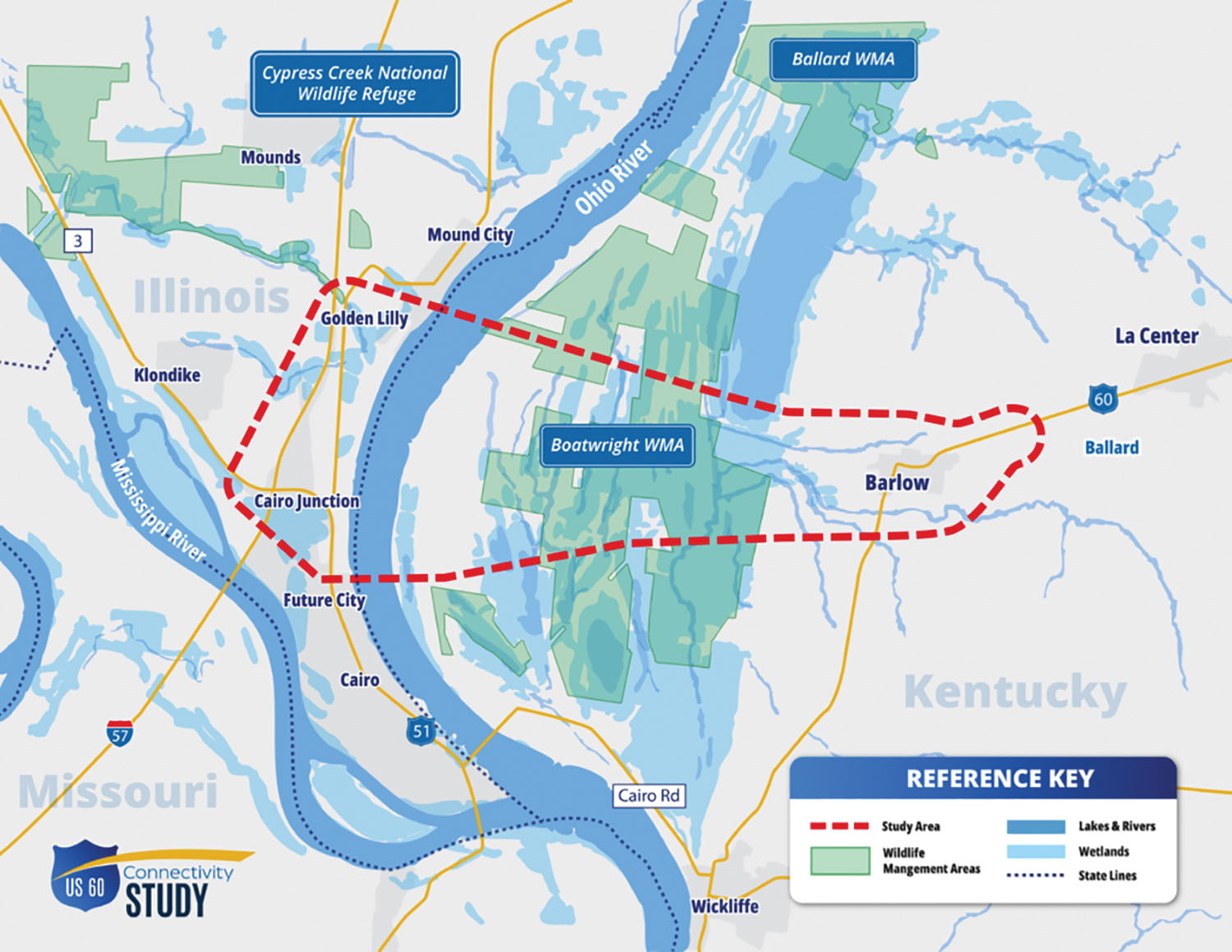“Centrifugal Force” is a misnomer. It is not a force, it is a manifestation of inertia. The actual force involved is *centripetal", which is the force that is preventing the thing from moving in the straight line that it wants to. Like when you swing a sling around, the cords of the sling, along with the pocket material, provide the centripetal force that prevents the rock from moving in a straight line until you release a cord.
Just like gravitational “force”, which is also a manifestation of inertia.
Yes, I know about General Relativity’s geometric interpretation of gravity; but gravity exchanges energy and momentum between masses– isn’t that the textbook definition of a force?
That’s the Newtonian interpretation. General relativity uses geometry and frames of reference to describe the inertial motion of matter. It explains the equivalence of inertial and gravitational mass, which Newtonian physics cannot. Circular motion is a special case of general relativity.
That’s assuming everything went as planned - not a sure thing of that endeavor in those days. I would think a windshield would be handy in an emergency landing.
I said centrifugal force, and I meant centrifugal force. It’s exactly as real as gravity, and it’s a lot more natural and convenient to describe what’s happening here in terms of centrifugal force than in terms of centripetal force.
Not as handy as the extra fuel tank in front of the cockpit. Because the motor and prop obscured forward vision on early airplanes most pilots would be used to landing while looking off to one side, anyway.
From this map, the Ohio is flowing southeast to meet the Mississippi’s northeast turn.
The Mississippi has more than 100,000 named inflows.
Apparently he landed at Le Bourget airport, after circling a few times to work out how to avoid the waiting crowds
Alcock and Brown chose to land in what they thought was a field, but turned out to be a bog
Amelia Earhart also landed in a field.
The Mississippi-Missouri river, by any fair measure (i.e., one that doesn’t arbitrarily break it into multiple rivers) is one of the longest in the world. But one of those many tributaries it has is the shortest known river in the world, at a mere 201 feet.
Gravity causes objects to change velocity, yes. However, falling under gravity doesn’t feel like acceleration. The gravitational acceleration on the Earth’s surface is about 22 mph per second. That’s 0-60 in less than 3 seconds. In a car you’d feel that a little bit, I think. The same acceleration in a freefall? It doesn’t feel like anything.
More urgently, here’s an alarming random fact according to Wikipedia: “It is known that frictional energy losses account for about 20% of the total energy expenditure of the world.”
That’s in spite of Diddy’s best efforts.
Although, standing under gravity does feel like acceleration. If you have ever been on a jetliner as it is on its takeoff roll, you feel yourself being forced back into the seat as the plane accelerates up to speed. That is what acceleration feels like: a force applied to a body. You standing on the ground is exactly what acceleration feels like.
Of course it depends on whether it is on a threadmill.
that only applies to 747s
(Now imagining a Sopwith Camel with a drop nose, like the Concorde)
Sopwith_F-1_Camel_USAF.jpg (1600×1090) (googleusercontent.com)
Curse you, Red Baron!
Worse were the inline engine Aviatiks the Austrians were flying, with their huge radiators. Look like calliopes on the fuselages.
Acceleration only feels like acceleration because it usually can’t be applied evenly: An object is pushed on one surface, the force of which is transmitted through the body being pushed, leading to compression, etc. Ignoring tidal forces gravity acts evenly on every particle of a mass simultaneously, and to a close approximation so does magnetism on magnetically susceptible substances.
The novel Falling Free by Lois McMaster Bujold is about Quaddies, people who have been genetically engineered for zero-G, their legs and feet having been replaced by extra arms and hands. They were born in zero-G and have spent their whole lives there. Then they take a ship to land on a planet. Upon landing, they feel an “acceleration vector” pressing them against the inside of the cabin, which oddly remains constant.
Today I was reading an article regarding Memorial Day. I was somewhat surprised to learn that the single-day battle that saw the most American deaths was the Civil War Battle of Antietam, in which 3,675 soldiers were killed. (This, of course, included both Union and Confederate deaths.)
By contrast, D-Day had about 2,500 American fatalities.

